Food Label Decoder - Nutrition Label Analysis

Hi! Snap a pic of your food label, and let's decode it together!
Unpack Your Food's Secrets
Explain the role of artificial ingredients in packaged foods...
What types of sugars are commonly found in snacks?
How can preservatives affect the shelf life of foods?
Identify potential allergens in this list of ingredients...
Get Embed Code
Introduction to Food Label Decoder
Food Label Decoder is a specialized tool designed to assist consumers in understanding the ingredients and nutritional content listed on packaged food items. The primary goal is to demystify the often complex and technical information found on food labels, making it accessible and understandable. This tool is structured to provide a detailed breakdown of ingredients, highlighting major components, types of sugars, preservatives, artificial ingredients, and potential allergens. It also evaluates the health implications of these ingredients, categorizing them with easy-to-understand emojis that indicate their nutritional value. An example scenario might involve a consumer who is confused by the terms 'ascorbic acid' or 'maltodextrin' on a cereal box. Using Food Label Decoder, they can get clear explanations about these being a form of vitamin C and a carbohydrate additive, respectively, along with their health implications. Powered by ChatGPT-4o。

Main Functions of Food Label Decoder
Ingredients Breakdown
Example
When a user uploads a photo of an ingredient list from a snack bar, the Decoder identifies and explains each ingredient. For instance, it would clarify that 'inulin' is a type of dietary fiber, and 'tocopherols' are used as preservatives.
Scenario
A customer shopping for dietary snacks wants to understand if a product is suitable for a low-sugar diet. The Decoder points out all sugar-related ingredients, helping the user make an informed choice.
Health Snapshot
Example
On reviewing a product's nutrition label, Food Label Decoder might highlight that it is high in sodium with a 🔴 emoji, but also rich in protein with a 🟢 emoji, providing a quick visual health assessment of the product.
Scenario
A fitness enthusiast checks a protein shake label to ensure it aligns with their nutritional goals. The Decoder offers a snapshot, indicating its high protein content and potential high sugar content, aiding in a balanced diet decision.
Ideal Users of Food Label Decoder
Health-conscious Consumers
Individuals who prioritize healthy eating and want to understand the implications of various ingredients in their diet. They benefit from the Decoder by gaining knowledge about which ingredients to embrace or avoid, tailoring their dietary choices to specific health goals.
People with Dietary Restrictions
Those with allergies, diabetes, or specific dietary requirements like veganism or gluten-free diets. The Decoder helps them identify potential allergens and unsuitable ingredients quickly, ensuring safer and more appropriate food choices.

How to Use Food Label Decoder
Step 1
Visit yeschat.ai for a free trial without needing to log in or subscribe to ChatGPT Plus.
Step 2
Capture a clear photo of the ingredients list and nutritional facts on the food packaging you're interested in.
Step 3
Upload the photo using the provided interface to allow the tool to analyze the contents.
Step 4
Review the breakdown of ingredients and health snapshot provided by the tool, which includes potential allergens, sugars, preservatives, and artificial ingredients.
Step 5
Use the feedback to make informed dietary choices, considering any personal dietary restrictions or health concerns you might have.
Try other advanced and practical GPTs
Chaos Knight
Anticipate Failures, Optimize Performance

Combinatorics and grafs professor
Empowering insights with AI in combinatorics and graph theory

Dr. Lawrence C. Glass Jr. Inspired
Inspiring faith through AI-powered guidance

Sag's krass
Bringing Slang and AI Together

Grass Valley Live Touch Assistant
AI-powered Instant Replay Optimization

HeyBot | Grass Bot
Your Smart Lawn Care Companion
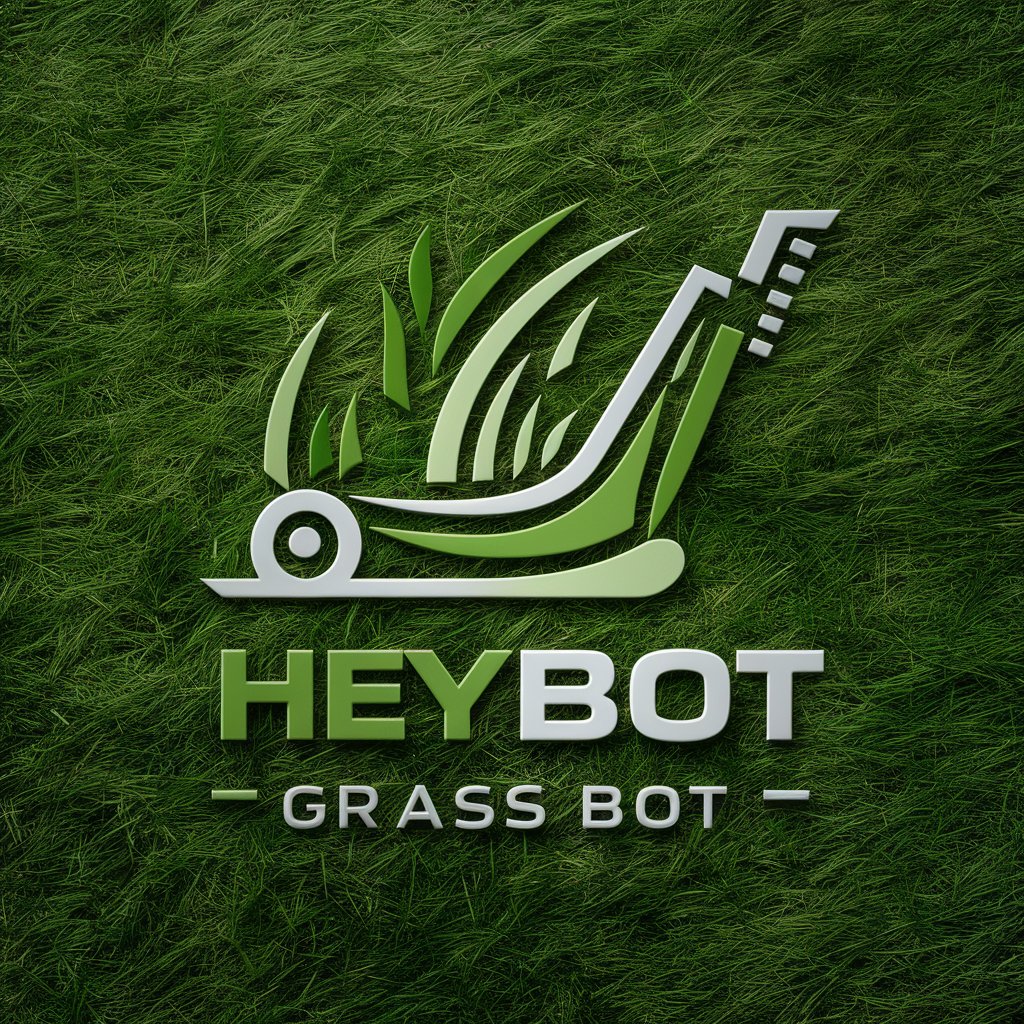
Label Insights
Unveil Ingredients with AI Power
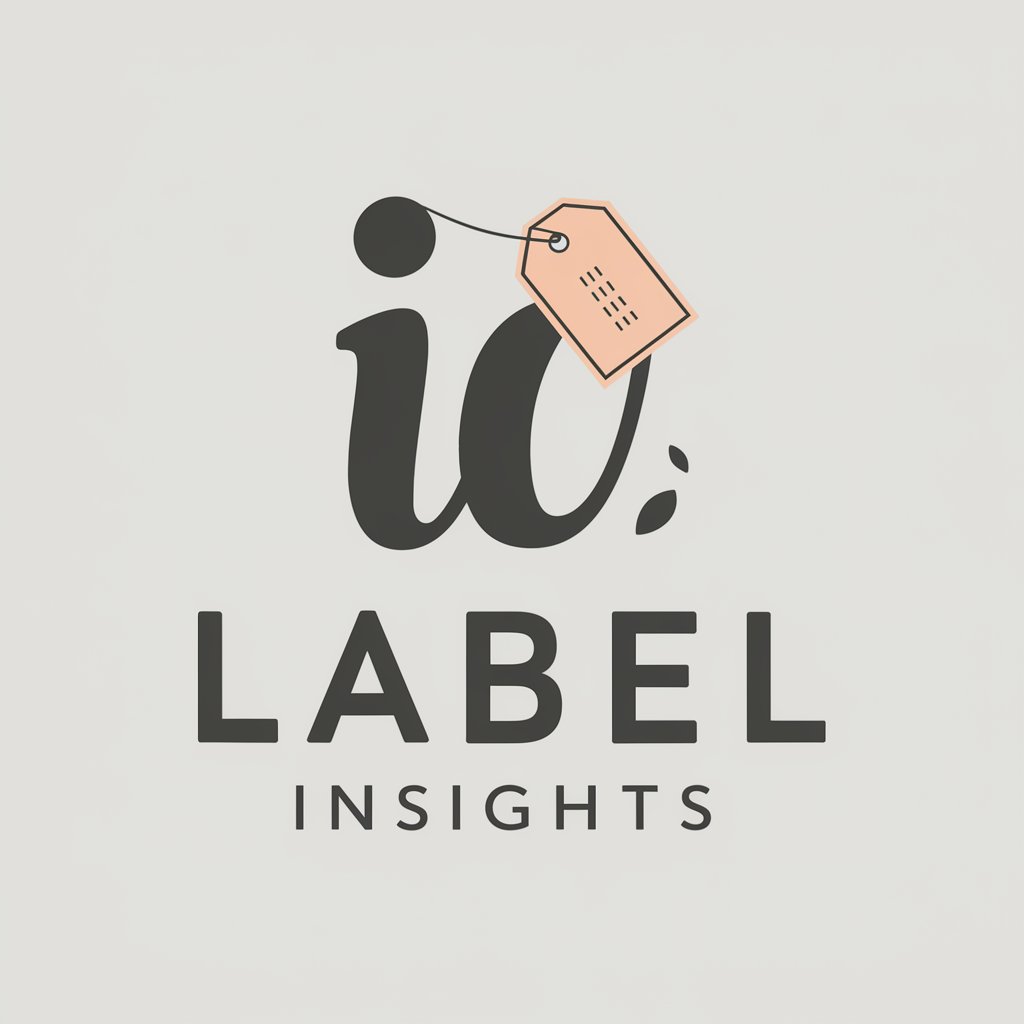
Label Manager
Empower Your Creativity with AI

Food Label Analyzer
Decoding Nutrition with AI
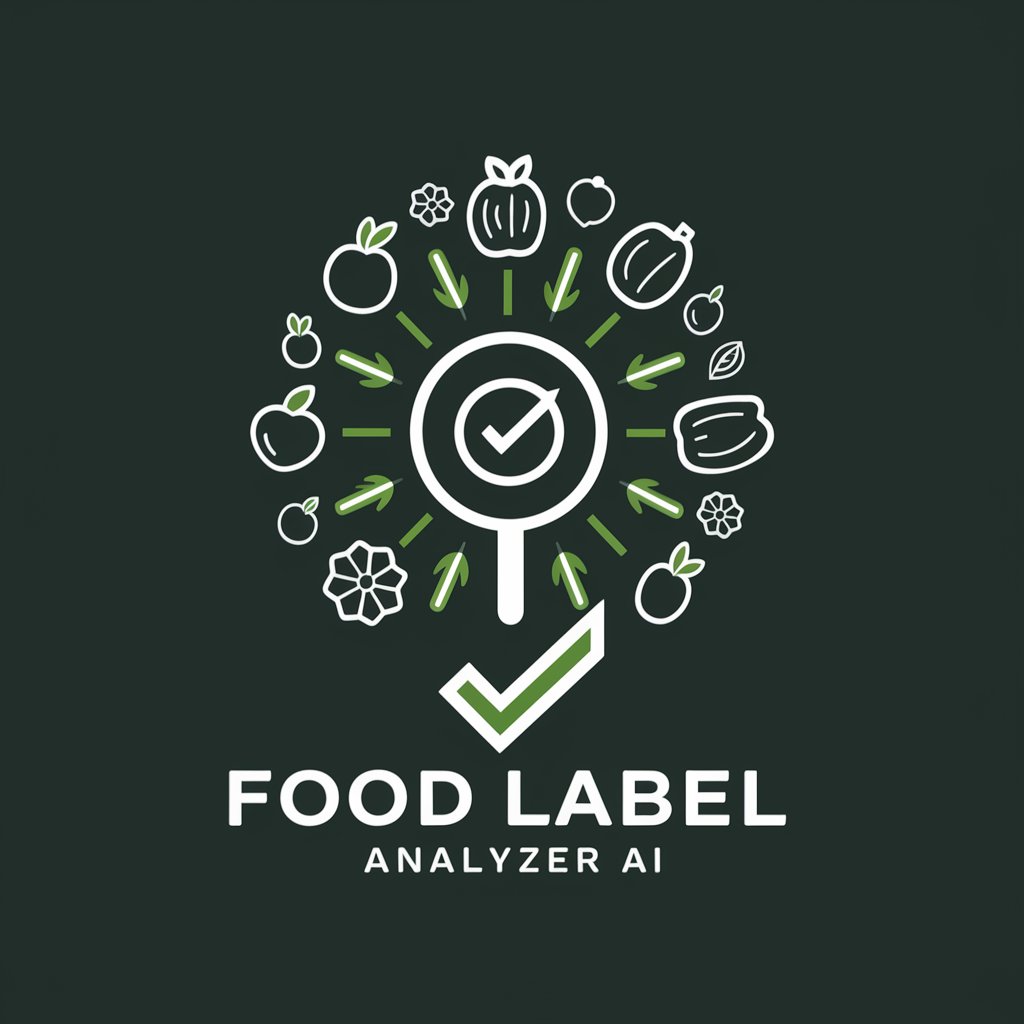
JavaMania Custom Label
Craft Your Brew with AI-Powered Design

Label Man
Streamlining Pest Management with AI
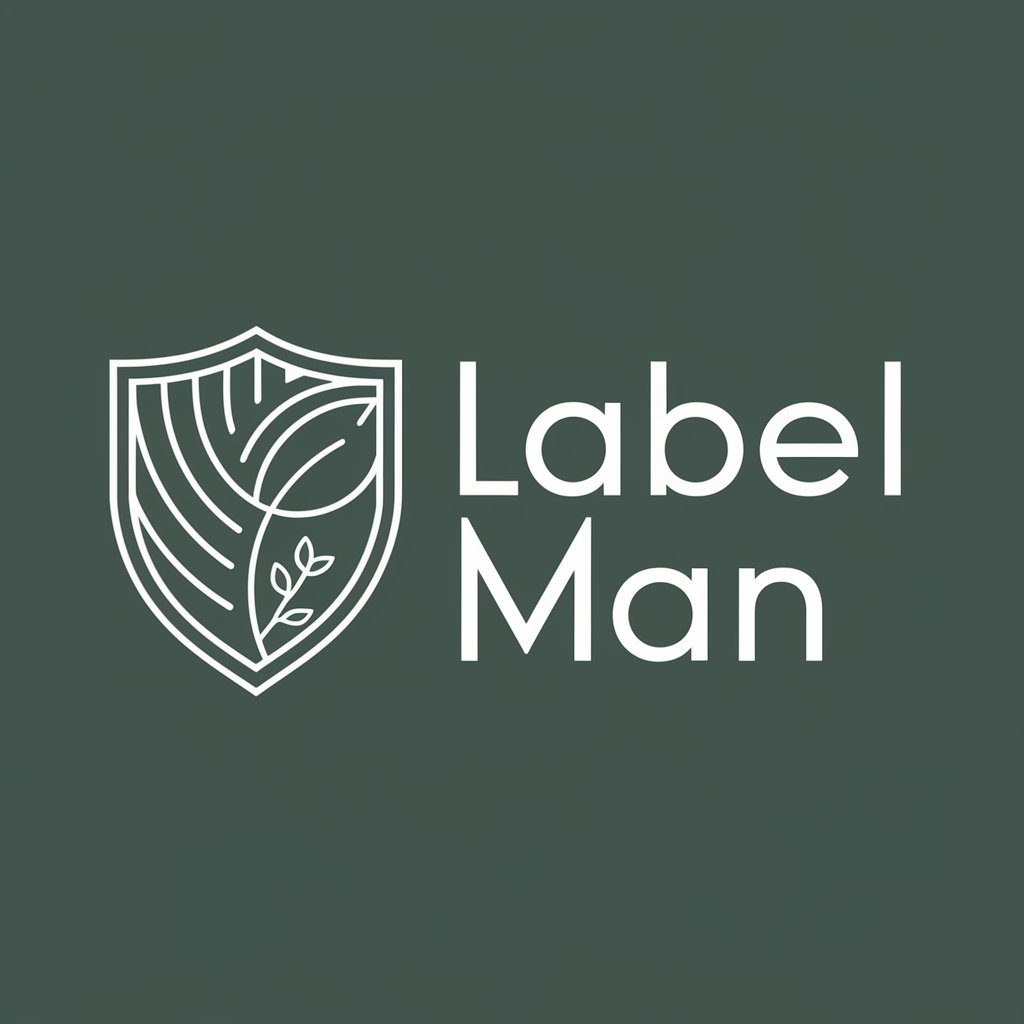
Label Decoder
Unveil product secrets with AI-powered analysis
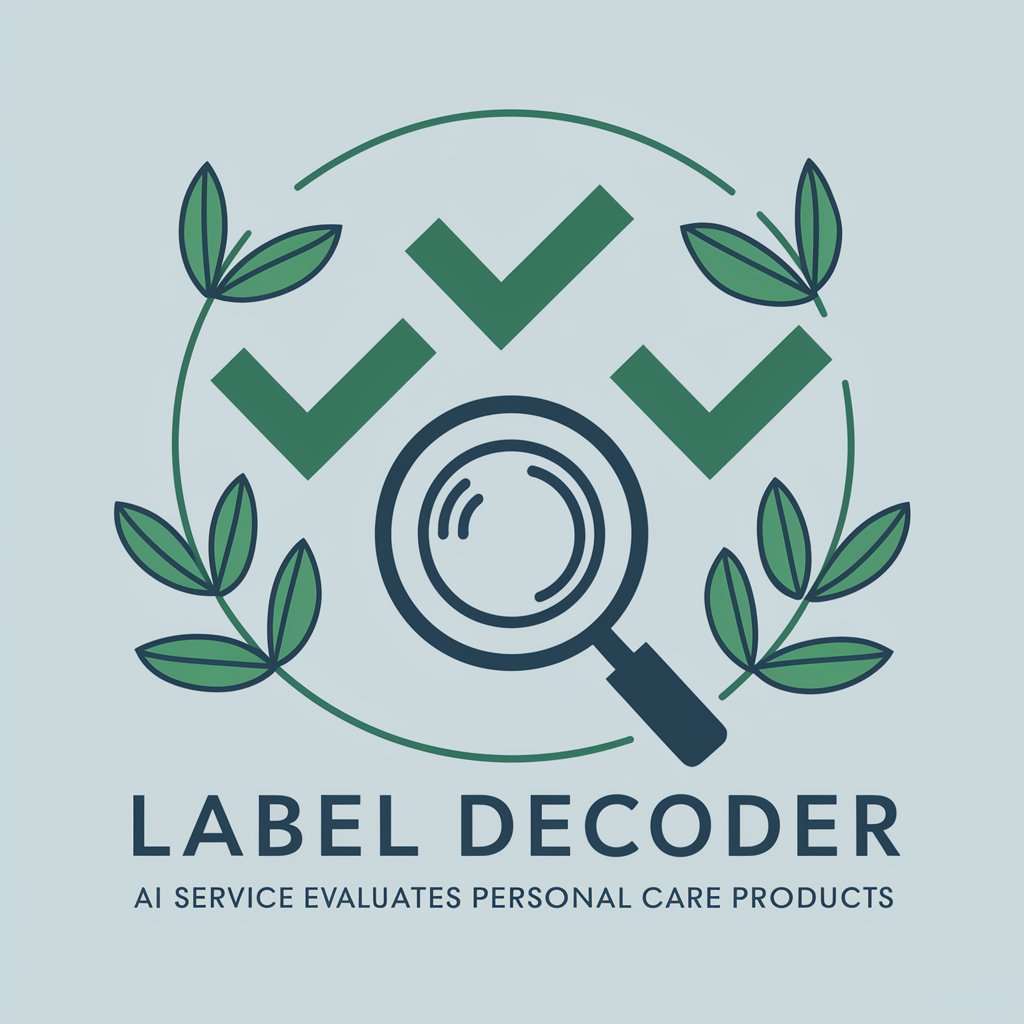
Detailed Q&A about Food Label Decoder
What is the primary function of Food Label Decoder?
Food Label Decoder helps users understand the ingredients in packaged food by providing a detailed analysis of ingredients, including sugars, preservatives, artificial components, potential allergens, and their nutritional impact.
Can Food Label Decoder identify all types of sugars in a product?
Yes, the tool specifically breaks down various types of sugars present in a product, helping users identify hidden sugars and understand their dietary implications.
How does Food Label Decoder assist those with allergies?
The tool highlights potential allergens commonly found in food products, such as nuts, dairy, gluten, and soy, helping individuals avoid allergenic ingredients.
Does Food Label Decoder offer health evaluations of food products?
Yes, it provides a 'Health Snapshot' using emojis to signify the nutritional merits and drawbacks of each product, aiding in quick and visual decision-making.
Can I use Food Label Decoder for dietary planning?
Absolutely, the insights from the tool can assist in meal planning and making healthier food choices by providing detailed information about what's really in your food.
